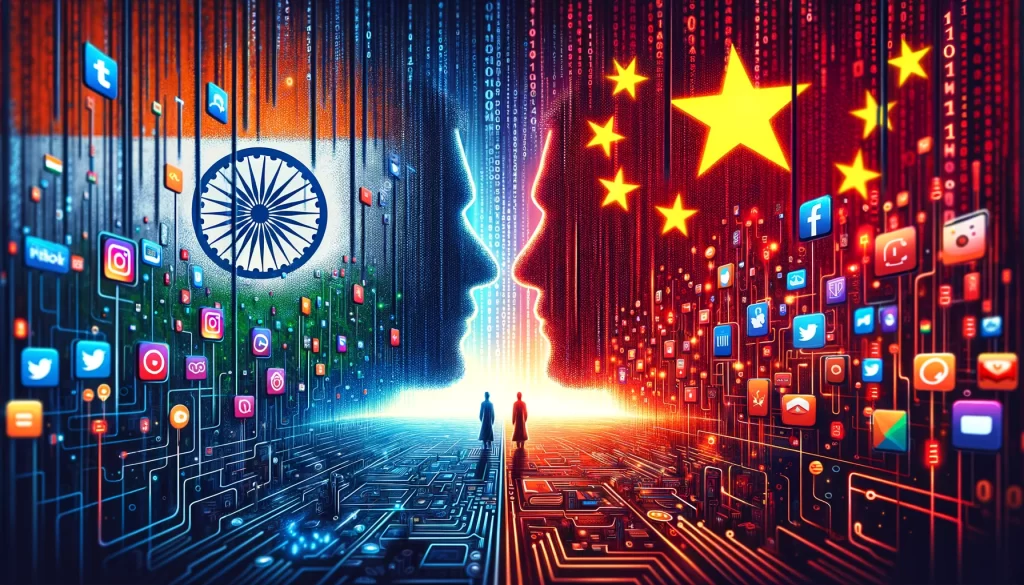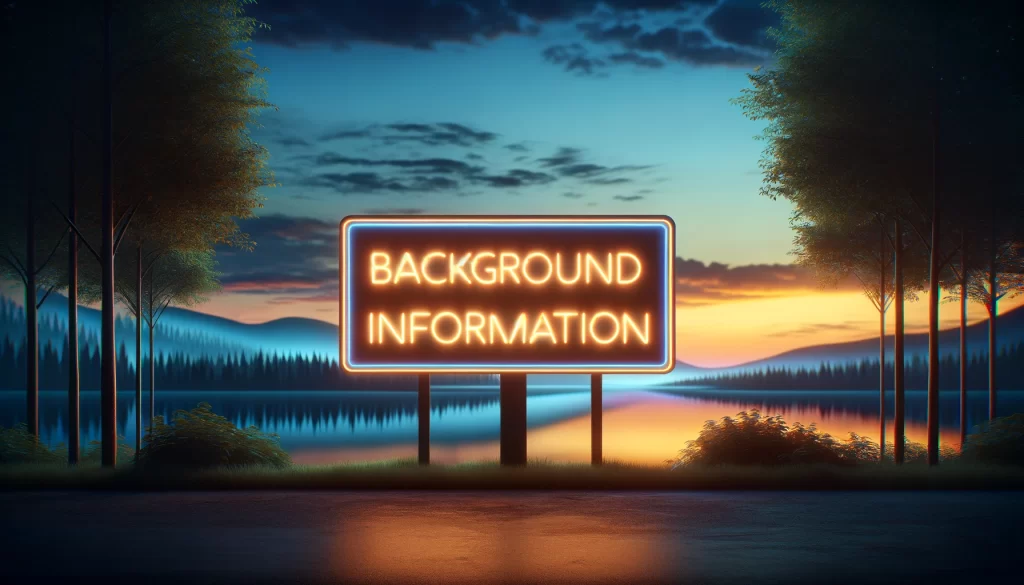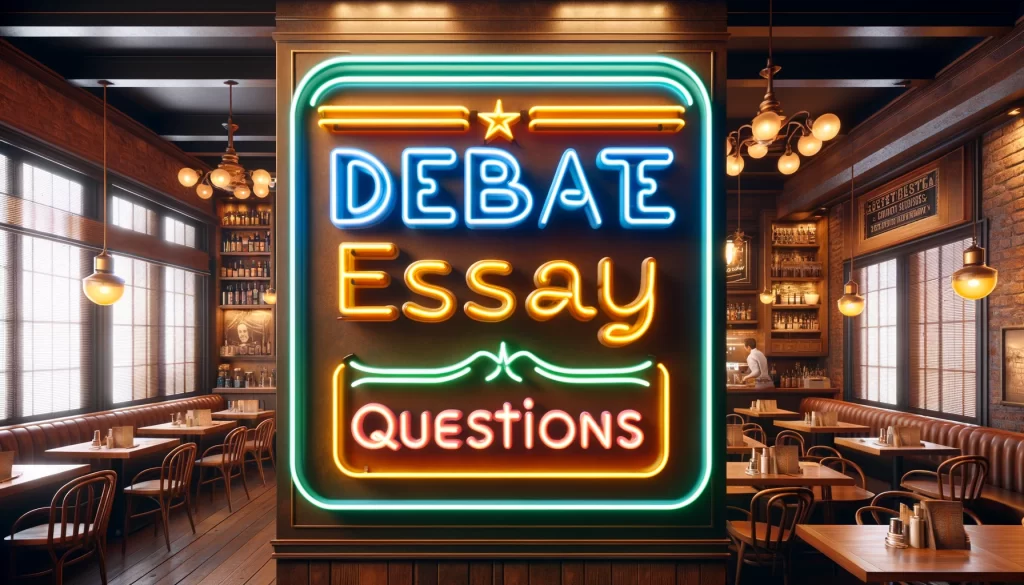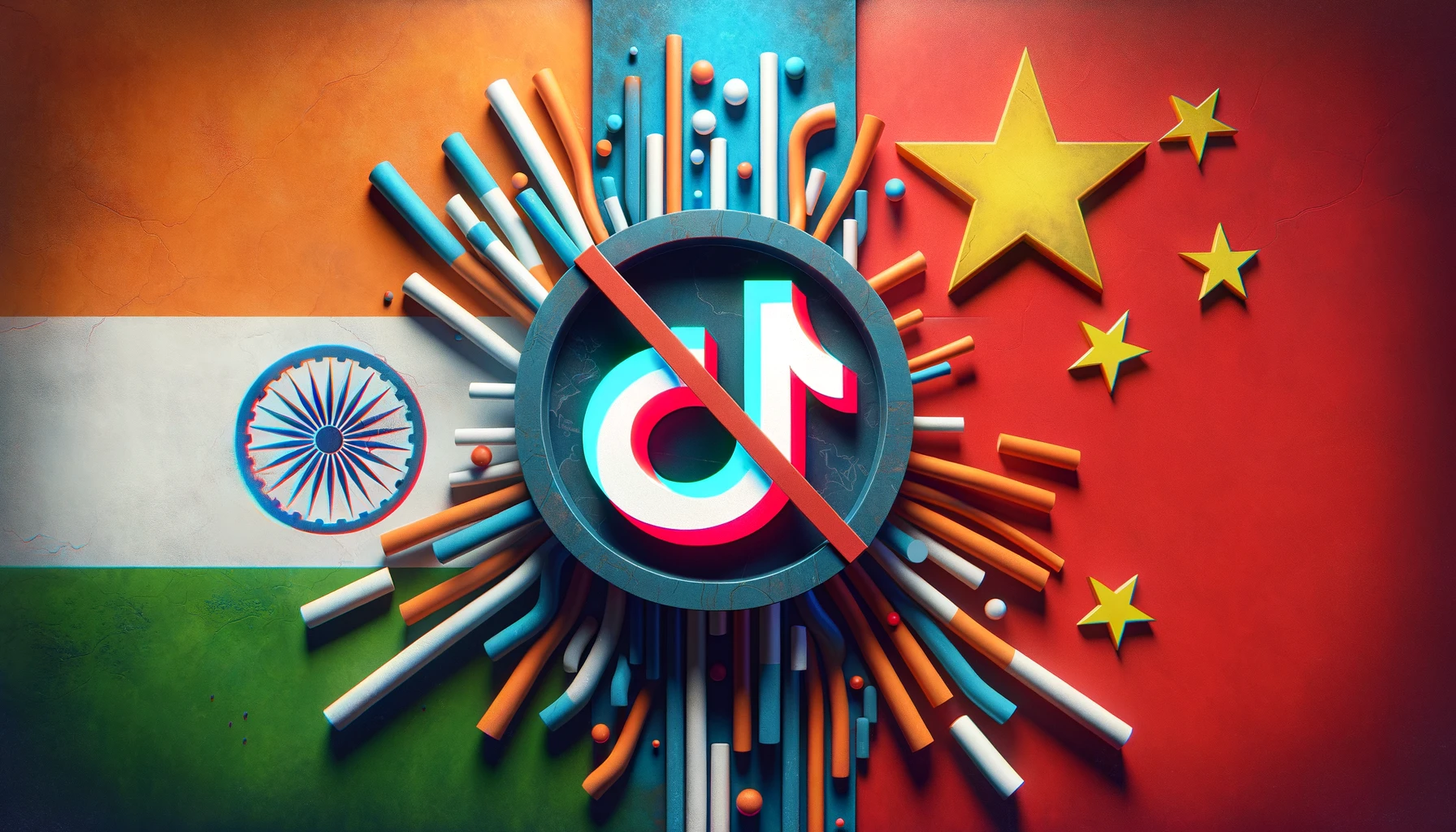TikTok managed to capture the hearts of 200 million users in India, making it the app’s largest market globally. However, everything changed on June 29, 2020, when the Indian government, amid escalating tensions with China, decided to ban TikTok along with 58 other Chinese apps. This decision wasn’t just about an app; it was about a much larger geopolitical conflict that had suddenly impacted the digital lives of millions.
TikTok wasn’t just any app in India. It was a platform that brought joy, laughter, and a sense of community to many. Its unique charm was in its content — short, engaging videos that ranged from entertaining lip-sync performances to heartwarming scenes from rural life, all set to popular music. It was this simplicity and relatability that made TikTok a favorite among Indians, offering a delightful escape from the mundanities of everyday life.
One of the stars of Indian TikTok was Veer Sharma, a young man from Indore whose life was transformed by the app. With seven million followers, Sharma found fame and a source of income, allowing him to support his family and achieve dreams he never thought possible. The ban, however, brought an abrupt end to his journey on TikTok, leaving him and many others like him in a state of loss and uncertainty.
Despite the ban, the desire for short-form video content didn’t vanish. Other social media giants quickly moved in to fill the void left by TikTok, with platforms like Instagram Reels and YouTube Shorts offering similar services. However, something was missing. The unique charm and local flavor of TikTok videos were hard to replicate, and the transition wasn’t smooth for everyone. Small creators, in particular, found it more challenging to gain visibility and build their audiences on these new platforms.
What Led to the Ban
India’s decision to ban TikTok, alongside other Chinese apps, wasn’t made on a whim. It was a culmination of years of building tensions and a dramatic incident that brought these issues to a head. The United States and China have been entangled in a sort of cold war, vying for economic dominance. But for India and China, the conflict is more direct, more immediate. Since 1962, their armies have faced off along the border. In 2020, this simmering tension exploded into a night of fierce fighting that resulted in the deaths of 20 Indian soldiers, with casualties on the Chinese side as well.
Following this, India took a drastic step. Just two weeks after the clash, TikTok and numerous other Chinese apps were suddenly unavailable, disappearing from app stores and their websites blocked, as if they were wiped off the digital map of India. This wasn’t new territory for India; the country had blocked websites and apps before in efforts to maintain public order. But the scale of this action and its direct targeting of Chinese apps sent a clear message.

Before this, the digital landscape in India was relatively open, especially to Chinese companies. Chinese investments in Indian tech startups were common, and apps like TikTok thrived. However, concerns about digital sovereignty and the potential for these platforms to be used for purposes contrary to India’s interests had been growing. Especially after a border skirmish in 2017, the idea that these apps could undermine India’s security started to gain traction.
Just months before the ban, India tightened its investment rules, appearing to target inflows from countries with which it shares a border, but in substance clearly targeting China. Then came the ban, justified not by pointing fingers at China directly but as a necessary measure to protect the privacy and data security of Indian citizens from threats to national security.
This approach wasn’t limited to apps from China. India’s government began setting rules and expectations for even the biggest tech companies from the United States, like Apple and Twitter, as well as Meta (the company behind Facebook and Instagram) and Google. The idea was to make sure that these platforms, which have millions of users in India, operate in a way that aligns with India’s national interests and security concerns.
One of the issues that came up was the content on these platforms, especially when it involved criticism of India’s Prime Minister, Narendra Modi, and his political party, the Bharatiya Janata Party (B.J.P.). The government expressed concerns over such content, indicating a desire to regulate or limit speech that it views as potentially harmful to its image or stability.
What’s Next?
Despite the government’s actions against the app, there was no animosity toward the influencers who had made their mark on TikTok. The B.J.P. saw the value in influencers like Sharma. They reached out to him during his time of distress. Sharma was already in talks with Moj, a Bangalore-based app similar to TikTok. With a new platform and the support of the B.J.P., he began to make videos again, this time featuring political content and promotional clips for the party. This not only helped Sharma rebuild his career and income but also gave him a new sense of purpose. He now takes pride in contributing to the political landscape of his country, a silver lining in what seemed like a dark cloud.
Ulhas Kamathe’s story is another testament to the resilience of human spirit. Known as the “chicken leg piece” guy, Kamathe became a beloved meme for his unique way of enjoying his chicken dinners. The ban stripped him of nearly seven million followers, a massive audience that had taken years to build. Yet, Kamathe didn’t give up. Over the next three years, he painstakingly rebuilt his follower base across YouTube, Instagram, and Facebook, amassing a combined total of twelve million followers across these platforms.
This article is based on the following article:

Background Information
Understanding these concepts and the background of India-China relations provides a foundation for comprehending the complexities surrounding the TikTok ban in India, its implications for digital sovereignty, and the broader debates about the role of technology and social media in society.
1. India-China Relations
- Historical Context: India and China are two of the largest countries in the world by population, sharing a long border but also a history of conflict. The most significant of these was the 1962 war, after which tensions have periodically flared up along their border.
- Recent Conflicts: The article references a specific incident in 2020, where soldiers from both countries engaged in a violent clash in the disputed border region. This incident led to casualties on both sides and marked a significant escalation in India-China relations.
2. Digital Sovereignty and Cyberspace Security
- Digital Sovereignty: This concept refers to a country’s right to control its own digital space, including the internet and other digital platforms. It encompasses the idea that a nation should be able to govern the use of digital technologies and data within its borders according to its laws and interests.
- Cyberspace Security: Related to digital sovereignty, cyberspace security focuses on protecting a country’s internet infrastructure and the data of its citizens from cyber threats, including hacking, data theft, and other forms of cyber attacks.
3. The Role of Social Media and Tech Companies
- Global Influence: Companies like Meta (formerly Facebook), Google, Twitter, and Apple play significant roles globally, controlling platforms that billions of people use for communication, information, and entertainment.
- Content Regulation: Governments around the world, including India, have concerns about the content circulated on these platforms, especially when it involves national security, hate speech, misinformation, or political criticism.
4. TikTok and ByteDance
- TikTok: A social media platform owned by the Chinese company ByteDance, TikTok allows users to create and share short videos. It has become immensely popular worldwide, offering a platform for entertainment, creative expression, and even business.
- ByteDance: The parent company of TikTok, headquartered in Beijing, China. Its ownership of TikTok has led to scrutiny in various countries due to fears over data privacy, censorship, and the potential for influence by the Chinese government.
5. Economic and Political Implications of Bans
- Impact on Creators: The ban on TikTok in India affected millions of users and creators who relied on the platform for entertainment, expression, and livelihood.
- Wider Economic Impacts: Such bans also have broader economic implications, affecting investments, the tech industry’s landscape, and the dynamics of global digital trade.
6. Freedom of Expression vs. Regulation
- Balancing Act: Countries often struggle to balance the right to freedom of expression with the need to regulate content for reasons of national security, public order, and preventing misinformation.
- Global Debate: The tension between regulating digital platforms and preserving free speech is a global issue, with different countries adopting various approaches based on their legal, cultural, and political contexts.

Debate/Essay Questions
- Can the banning of apps like TikTok be justified as a necessary measure for national security, or does it infringe upon the freedom of speech and expression?
- Do the economic and social benefits provided by platforms like TikTok to creators and users outweigh the potential risks they might pose to national security and privacy?
- What should be the limits of government intervention in regulating content on social media platforms, especially when it pertains to political criticism?
Please subscribe to Insight Fortnight, our biweekly newsletter!
